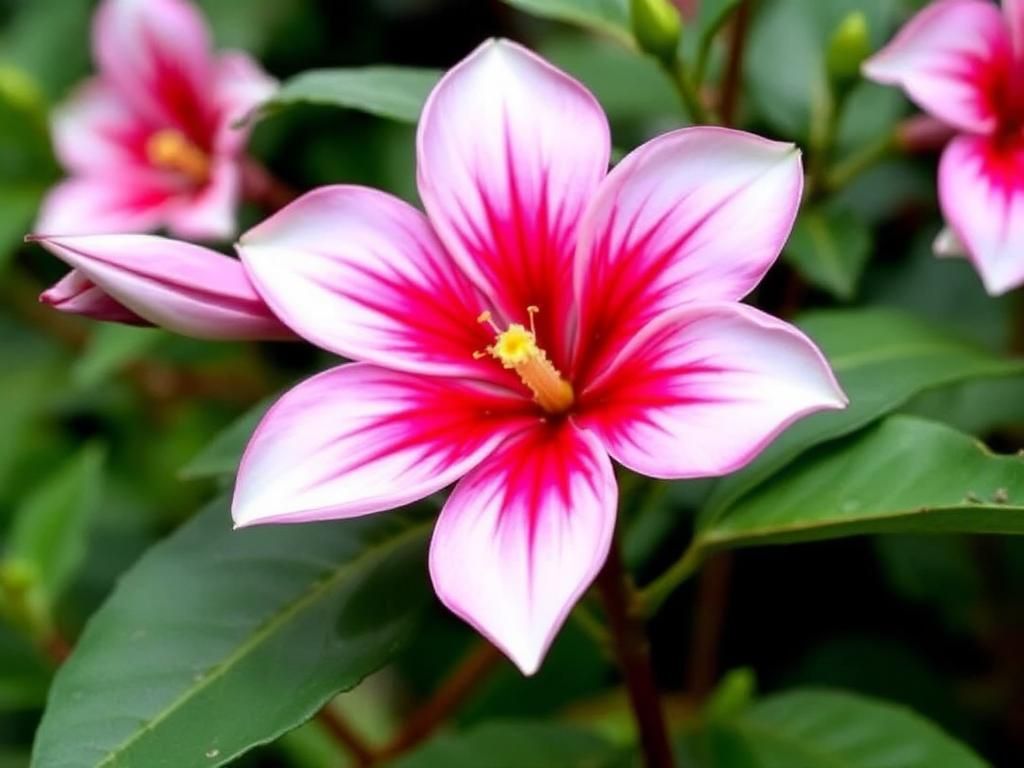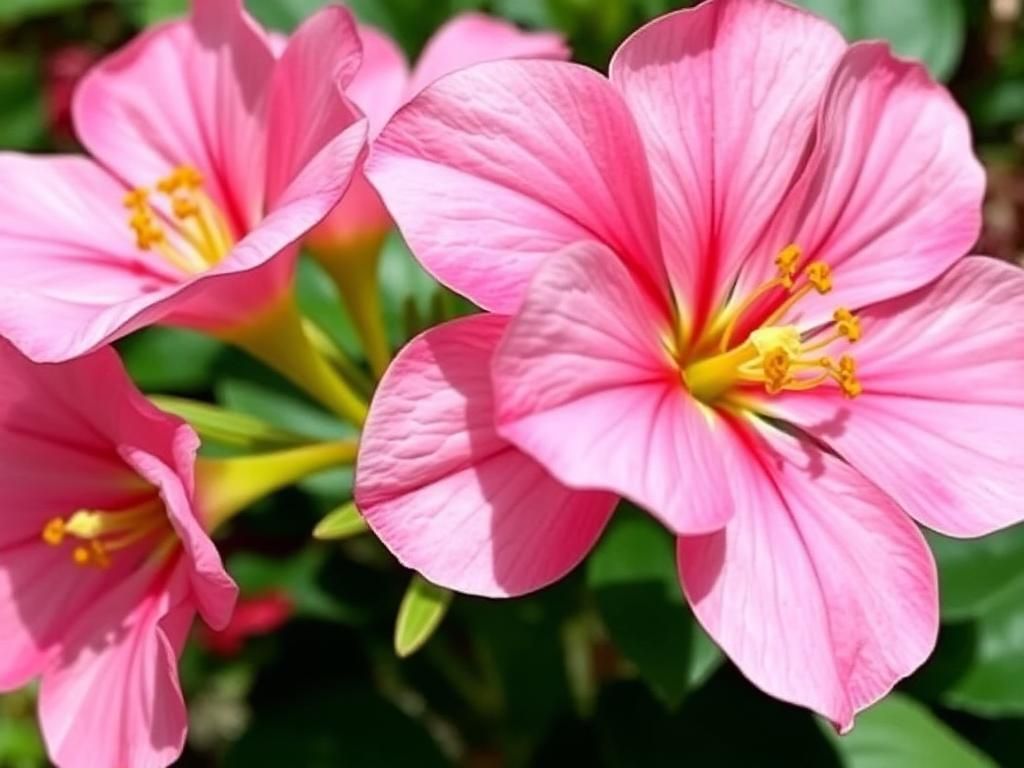The amapola flower, known for its vibrant colors and striking appearance, has fascinated people around the world for centuries. Understanding the meaning behind this beautiful flower enriches our appreciation of its role in various cultures and traditions. Flowers often carry deep emotional connotations and symbolic significance, making them essential elements in art, literature, and ceremonies. This article explores the amapola flower meaning, its botanical details, cultural importance, and modern interpretations.
What is the Amapola Flower?
Botanical Classification
The amapola flower belongs to the family Papaveraceae, and its genus is Papaver. The most commonly referred species is the Papaver rhoeas, known as the common poppy or corn poppy. Understanding its classification helps botany enthusiasts recognize the various types of amapola and their characteristics.
Physical Characteristics
The amapola flower is renowned for its stunning physical attributes. The flowers are mainly seen in vibrant shades of red, pink, and white, creating a breathtaking sight in meadows and open fields. The petals are typically delicate, with a silky texture and a cup-like shape. They can grow to be about 5 to 10 cm in diameter, with a distinctive black central spot. The leaves of the amapola flower are lobed and serrated, contributing to its unique appearance.
Habitat and Cultivation
The amapola flower thrives in natural habitats such as meadows and fields, preferring sunny locations. If you’re interested in cultivating the amapola flower in your garden, consider the following tips:
– **Soil Requirements**: Amapolas thrive in well-drained, loose soil rich in organic matter.
– **Sunlight and Water Needs**: They require full sun and moderate watering, though they are drought-tolerant.
Establishing proper conditions can help you nurture these beautiful flowers while appreciating their meaning.
Cultural Significance of Amapola
Historical Context
Throughout history, the amapola flower has held a significant place in several civilizations. In ancient Egypt, the flower symbolized sleep and death, often associated with the afterlife and memorial practices. For the Greeks and Romans, amapolas represented peace and the beauty of nature, often used in artistic works and mythology.
Amapola in Folklore and Mythology
Amapola flowers are steeped in folklore and mythology. They are often linked to various deities and legends. In Greek mythology, the amapola flower was associated with the goddess Demeter, symbolizing rebirth and nourishment. These flowers have also been the subject of many enchanting tales that highlight their beauty and significance in cultural narratives.
Symbolism and Meanings of the Amapola Flower
General Symbolism

The amapola flower meaning encompasses a range of emotional connotations, including love, remembrance, and the fleeting nature of beauty. The striking appearance of the amapola often serves as a reminder of the transient beauty of life, evoking feelings of nostalgia and reflection.
Specific Cultural Interpretations
The interpretation of the amapola flower varies significantly between cultures:
– **Mexican Traditions**: In Mexico, amapola flowers are integral to the Day of the Dead celebrations. They are believed to guide the spirits of the deceased back to the realm of the living, symbolizing honor and remembrance.
– **European Interpretations**: In European countries, especially in the aftermath of World War I, the amapola flower became a symbol of remembrance for soldiers who lost their lives in battle, encapsulating themes of sacrifice and valor.
Amapola in Arts and Literature
Representation in Literature
Throughout literary history, the amapola flower has symbolically influenced many writers and poets. Its vivid appearance and ephemeral nature have led to profound poetic references in works that explore beauty, love, and loss. Notable authors have utilized the amapola to convey deep emotional themes.
Amapola in Visual Arts
The amapola flower has also captured the imagination of artists across various eras. Many famous paintings feature amapola flowers, emphasizing their vibrant colors and symbolism. Artists use these flowers to illustrate themes of beauty, nature, and emotional depth, enriching the visual narrative.
Amapola Flower in Modern Context
Use in Modern Symbolism
In contemporary times, the amapola flower meaning has expanded to include themes of peace and resilience. Many social movements and campaigns have embraced the amapola as a symbol of hope and solidarity in the face of adversity. This modern interpretation aligns with the historical context of the flower as a symbol of remembrance and honor.
Amapola in Popular Culture
The amapola flower has also made its way into popular culture through music, film, and fashion. Its representation in these mediums often reflects its beauty and emotional resonance. Recent trends showcase the amapola as a statement piece in fashion and art, allowing individuals to express their connection to nature and its meanings.
Conclusion
Through exploring the amapola flower meaning, we uncover not only its beauty but also its rich history and significance in various cultures. From historical roots to modern interpretations, the amapola remains a poignant symbol of love, remembrance, and resilience. By appreciating the beauty and symbolism of this extraordinary flower, we can deepen our understanding of the world around us.

Additional Resources
Further Reading
For those interested in delving deeper into flower symbolism, consider reading “The Language of Flowers” by Vanessa Diffenbaugh or “Floriography: An Illustrated Guide to the Victorian Language of Flowers” by Jessica Roux.
Flower Identification Apps
There are various apps available for flower identification:
– PlantSnap
– iPlants
These tools can help you learn more about different flower species, including the amapola.
| Attribute | Description |
|---|---|
| Family | Papaveraceae |
| Genus | Papaver |
| Species | P. rhoeas (Common Poppy) |
| Color Variations | Red, Pink, White |
| Flower Size | 5-10 cm in diameter |
| Natural Habitat | Meadows, fields |
| Symbolism | Love, Remembrance, Peace |
Frequently Asked Questions
What does the amapola flower symbolize?
The amapola flower symbolizes beauty, love, and remembrance, particularly in cultural contexts associated with honoring the deceased.
Are all amapola flowers red?
No, amapola flowers can appear in various colors, including red, pink, and white.
What cultural significance does the amapola have in Mexico?
In Mexico, amapola flowers are important during the Day of the Dead celebrations as they are believed to help guide the spirits of the deceased.
Can I grow amapola flowers in my garden?
Yes! Amapola flowers flourish in well-drained soil with full sunlight and moderate watering.
How is the amapola flower represented in art?
The amapola flower has been a popular subject in many paintings and artworks, symbolizing beauty and emotional depth.
Is the amapola flower associated with any social movements?
Yes, in modern contexts, the amapola flower symbolizes peace and resilience, often being used in campaigns advocating for social causes.
What are the best conditions for amapola flower cultivation?
Amapola flowers thrive in well-drained soil, full sun, and moderate watering, making them relatively easy to cultivate.
How many petals does the amapola flower have?
Typically, the amapola flower has 4 to 6 delicate, silky petals.
Can amapola flowers be used for medicinal purposes?
Historically, some species of amapola, specifically the opium poppy, have been used in traditional medicine, but caution is advised due to their potency.
Where can I learn more about flower symbolism?
You can refer to books or online resources focusing on flower symbolism or use flower identification apps.
